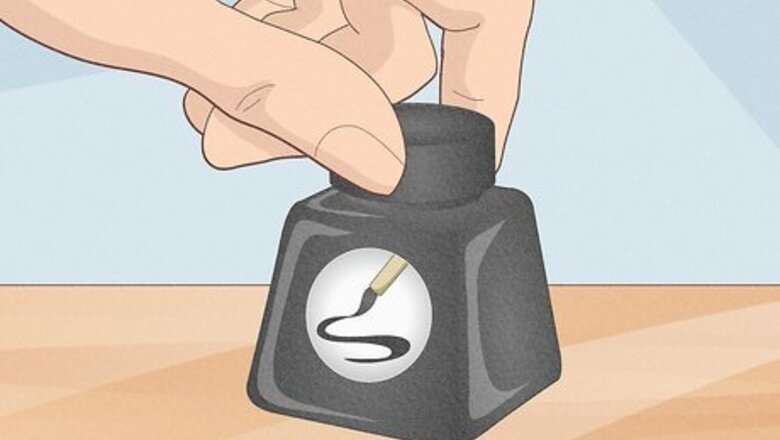
views
Stamp Pad Ink
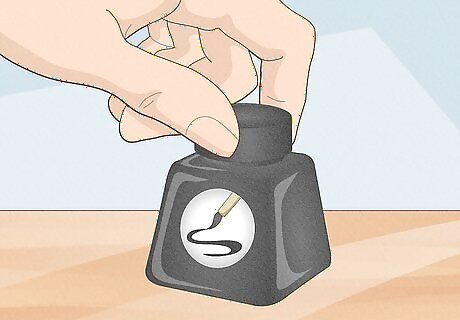
Find a bottle of stamp pad ink. Stamp pad ink is designed to last for a significant length of time, making it an ideal choice for typewriter ribbons. You can usually find bottles of stamp pad ink at craft or office supply stores. It’s easiest to use stamp pad ink on solid-color ribbons. They're not great for two-tone ribbons, though.
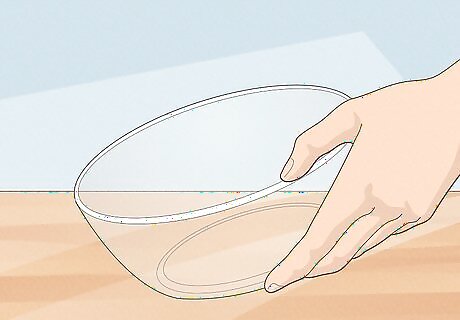
Place a bowl or plate at your workspace. Ink can leave quite a mess, especially if you’re not careful, and working over a dish protects your surface from any drips or spills.
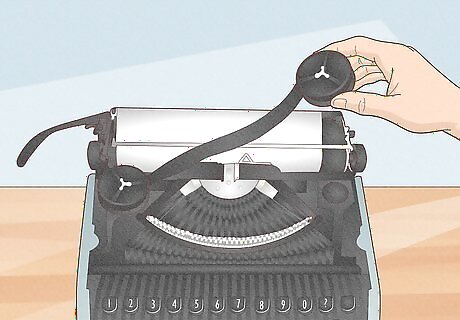
Remove the ribbon from the typewriter. There’s no one single way to remove ribbon from typewriters, since it depends on the model of the typewriter you’re using. Usually, though, you’ll have to remove the cover (if the typewriter has one), unlock any mechanisms holding the spools in place, and gently pull the ribbon spools off. Then, remove the ribbon from the ribbon vibrator—this is typically a rectangular piece of metal that holds the ribbon close to the paper. You can take the ribbon out using your hands, or you can use a tool like tweezers to keep your hands clean of ink. If you’ve never changed the typewriter’s ribbon before, be sure to note the way the ribbon is threaded, so you can thread it back in later. If one or both spools are stuck, don’t yank! It could damage the typewriter. Instead, gently rock the stuck spool from side to side until it loosens.
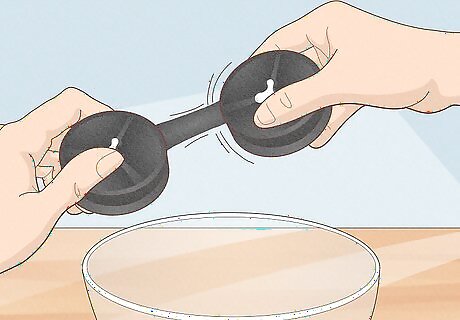
Wind up the ribbon if it’s loose. Thankfully, you don’t have to apply ink to every section of the ribbon, so just wind any loose sections onto one of the spools. Wrap it as tightly as possible so that the ink can permeate the entire ribbon.
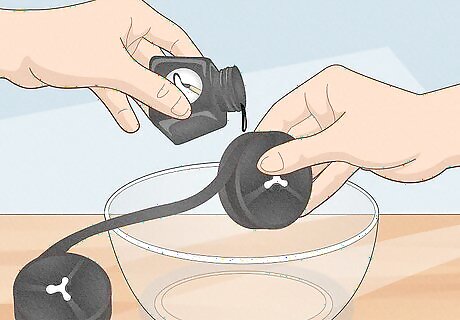
Place a drop of ink on one section of the ribbon. Hold the ribbon above the dish, and slowly tilt the ink bottle towards the ribbon. The ink might come out on its own, but if not, lightly apply pressure to the bottle to release a drop of ink. Touch the bottle tip to the drop of ink, and move it around to coat the surface width. Since the ribbon is wrapped around itself, the ink will “bleed” through the sections of ribbon underneath the surface. Don’t use more than 1 or 2 drops. A ribbon that’s sopping wet with ink isn’t usable.
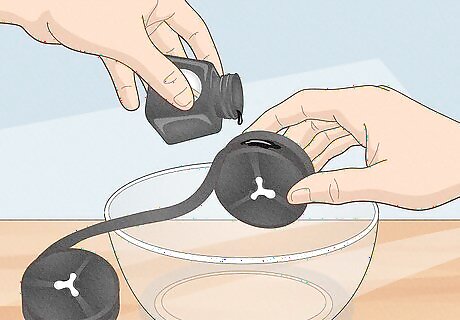
Continue inking the rest of the ribbon. Turn the spool in your hand, apply one drop of ink to another dry section of the ribbon, and coat the width of the ribbon with the tip of the bottle. Continue turning the spool and applying the ink until the full ribbon has been completely, evenly inked.
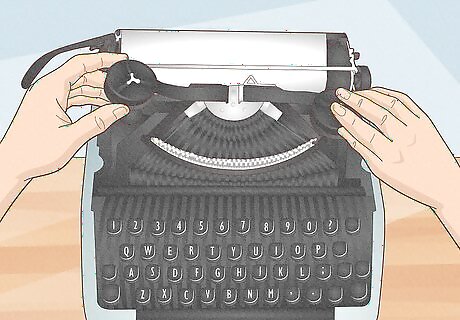
Rethread the ribbon into the typewriter. Place the spools onto the holders, slip the ribbon into the ribbon guides, and rethread the ribbon vibrator. Lock any mechanisms into place and replace the cover, if needed.
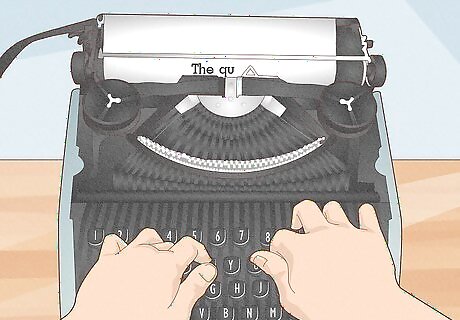
Test your typewriter. Once you’ve reloaded the ribbon, test it by typing a few sentences onto a piece of paper. A properly re-inked typewriter ribbon should type cleanly, without any blotches or smearing, and will do so for months or years depending on how often you use it. If you're getting patches of dry text, you might have missed some spots when inking, or didn't wind the ribbon tightly enough for the ink to soak through. A little bit of blotchy or "filled" text isn't unusual, especially if the type itself is dirty. But lots of smeared, splotchy, or illegible text usually means you used too much ink. Unfortunately, there's no way to fix this besides replacing the ribbon.
WD-40
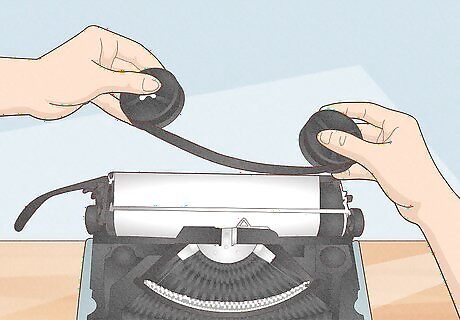
Remove the ribbon from the typewriter. The specific way to remove the ribbon depends on each individual typewriter model, but you’ll typically have to take off the cover (if there is one), disengage anything keeping the spools in place, and lift out the ribbon spools. Then, take the ribbon out of the ribbon vibrator. The ribbon vibrator is usually a rectangular metal piece with the ribbon weaved through it, and rests close to the paper. It's fine to remove the ribbon with your hands. If you don't want to get ink on your hands, though, tools like tweezers are also okay. If you’re not familiar with the typewriter model, make a mental note of how the ribbon is threaded, so you know how to put it back in. Be gentle when removing the spools—excessive force could break the spool holders. If a spool is stuck, lightly rock it from side to side until you can pull it out.
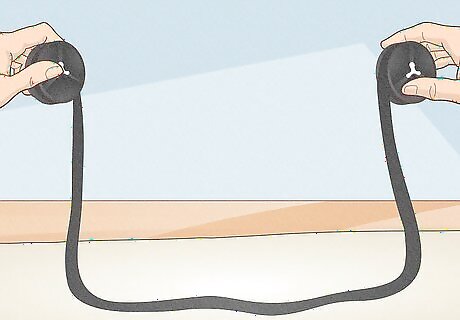
Unwind the ribbon. Take one spool in each hand, and carefully unwind the ribbon until all of it is loose. Be gentle so you don’t damage the ribbon, and leave the spools attached.
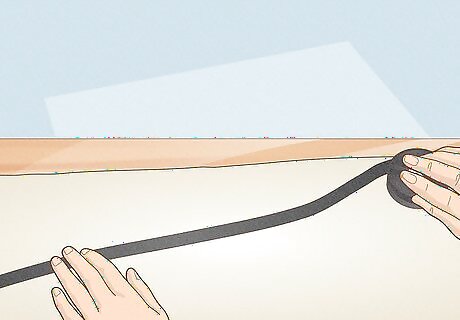
Place the ribbon on a clean, covered surface. If you have the space, rest the ribbon flat. If you don’t, though, just place the spools on separate sides of your work surface; this keeps the ribbon from getting knotted or wound around itself. Make sure your workspace is a safe distance away from the typewriter. Getting WD-40 on your typewriter can cause it to malfunction.
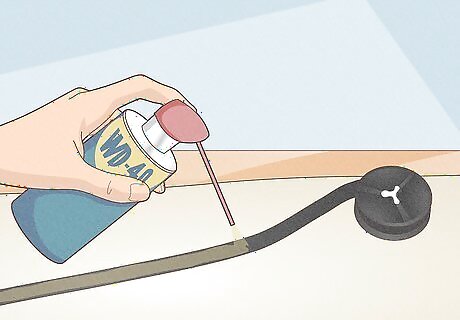
Spritz the ribbon with a small amount of WD-40. Take your can of WD-40, and give the full ribbon a quick spray, making sure all of it gets wet. You can spray it in sections, or all in one go. Don’t drown the ribbon, though—it needs a light spray, not a soaking!
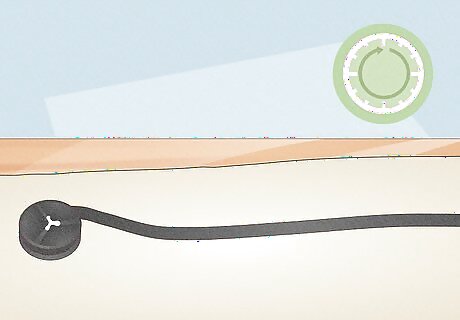
Give the ribbon a minute or two to sit. WD-40 can be extremely wet when it’s first applied, and you don’t want to wind the ribbon when it’s too damp.
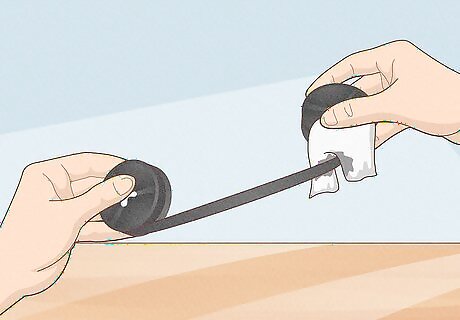
Wind up the ribbon, drying it as you go. Loosely wrap a piece of cloth or an old rag around the ribbon, and hold it in place as you roll the ribbon back onto the reel. This gets rid of any leftover WD-40 that could make the letters look “wet” or damage the workings of your typewriter. Be incredibly gentle when wiping off the ribbon. You don’t want to wear it down.
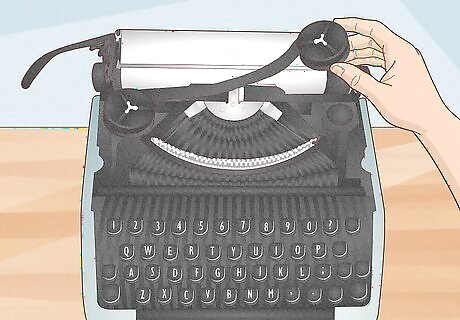
Rethread the ribbon into the typewriter. Once you’ve fully rewound the ribbon, place the spools onto the holders, slip the ribbon into the ribbon guides, and rethread the ribbon vibrator. Lock any mechanisms into place and close your typewriter back up.
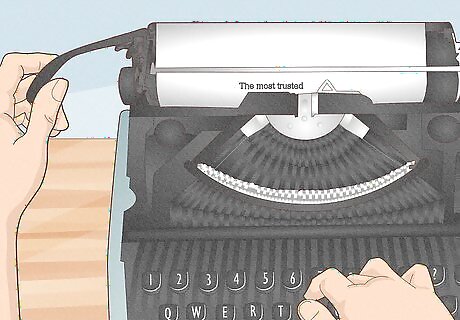
Test the typewriter out. Load a piece of paper into your typewriter and type a few sentences to see how the text looks. It’s normal to get smudged or “blurry” text at first, so don’t panic if the initial type doesn’t come out cleanly—after a bit of use, you should start getting clear, readable text. Re-inking using WD-40 has varying levels of success, but it will likely last at least a few months. If you used too much WD-40, you'll get incredibly wet or smeared text that doesn't clear up after use, and you'll need to wipe off the ribbon again (or replace it if it's too saturated).




















Comments
0 comment